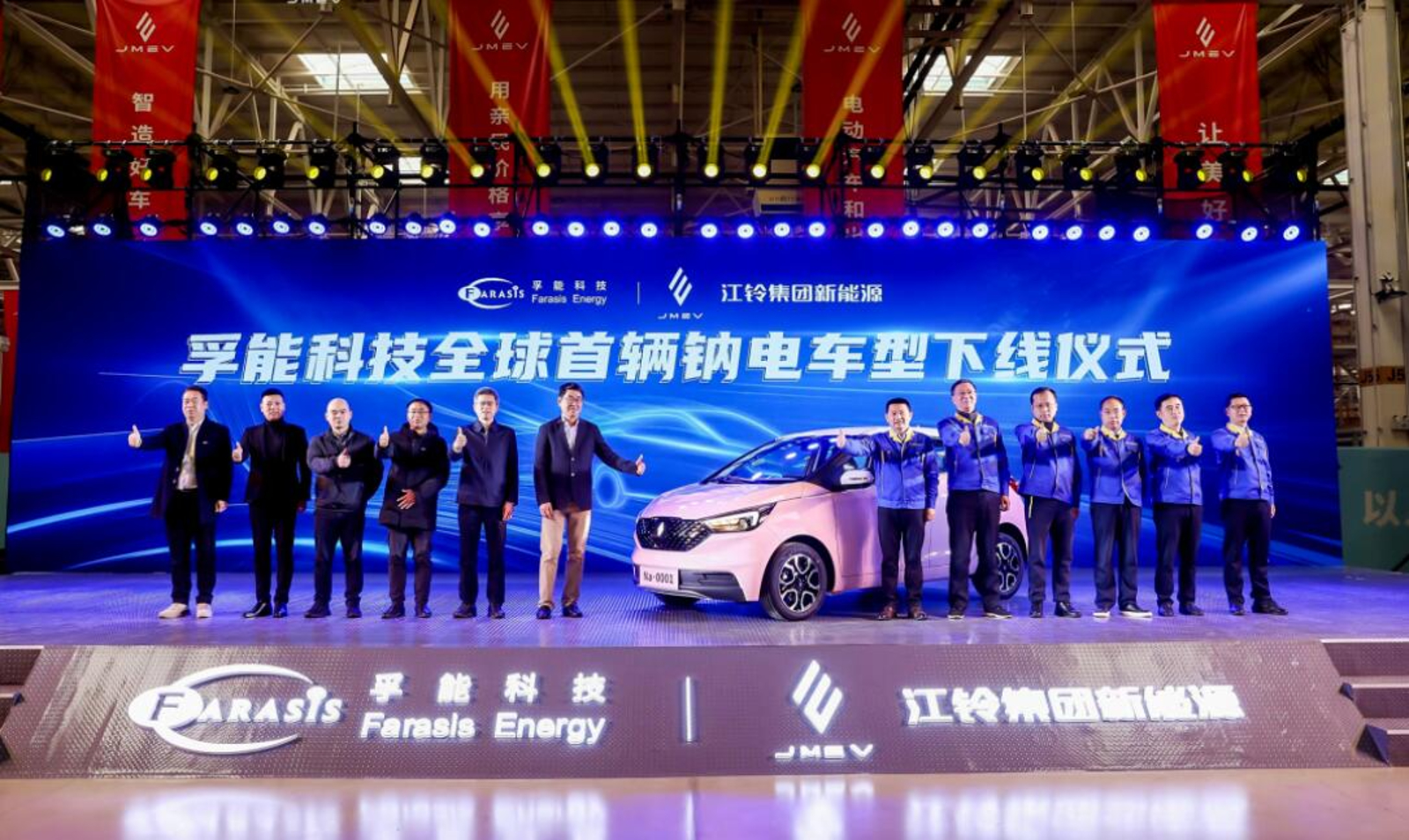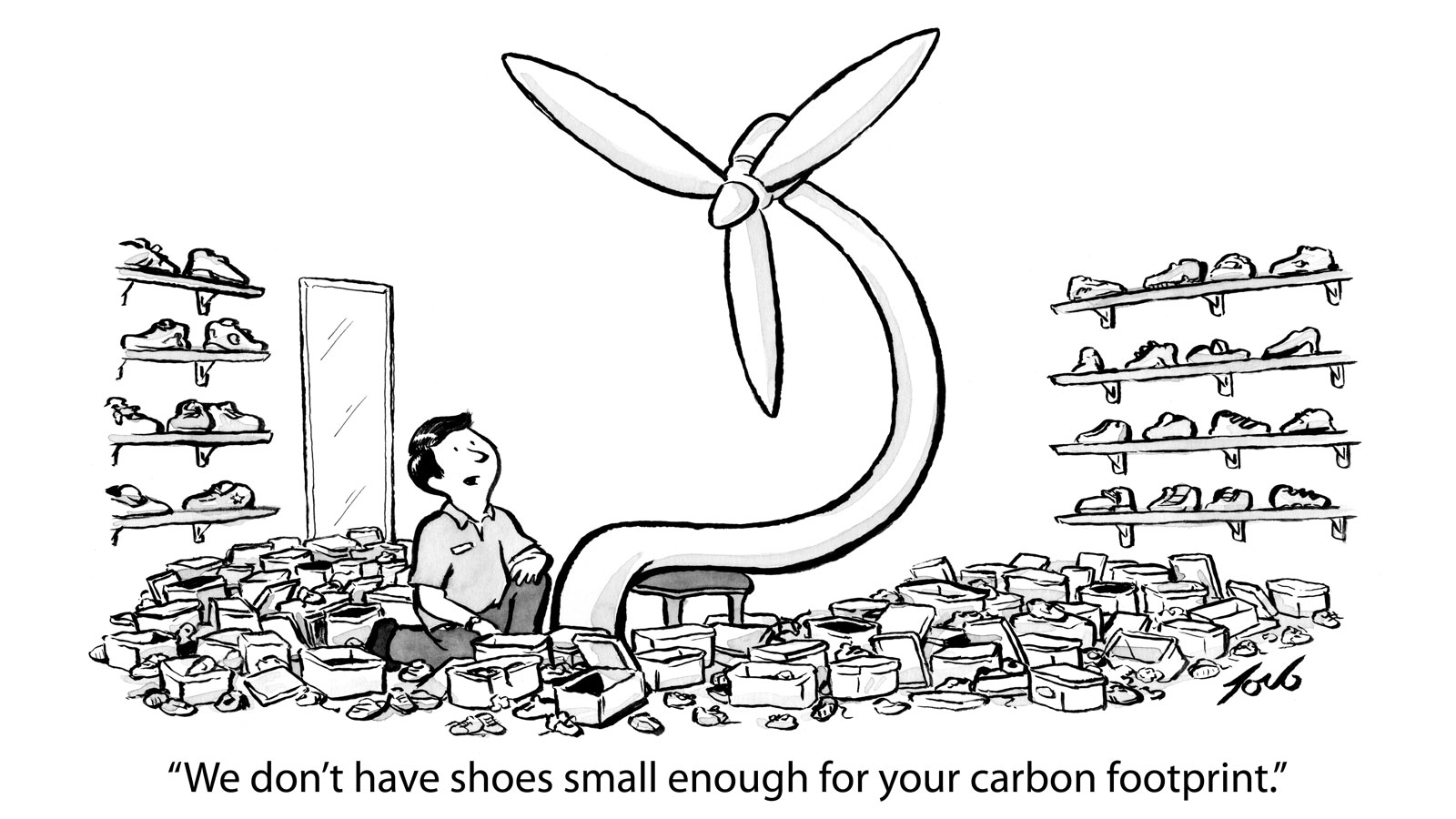otto105
Diamond Member
- Sep 11, 2017
- 36,610
- 11,719
- 1,315
You drive your house on the freeway.And the most unreliable.
I could cobble together a go-cart and probably get it up to 40 mph, but I'm damned sure not gonna take the thing out on the freeway.


